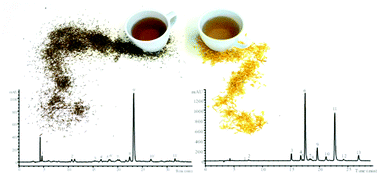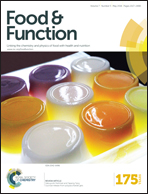Chemical characterization and bioactive properties of two aromatic plants: Calendula officinalis L. (flowers) and Mentha cervina L. (leaves)
Abstract
The chemical composition and bioactive properties of two plants (Calendula officinalis L. and Mentha cervina L.) were studied. Their nutritional value revealed a high content of carbohydrates and low fat levels, and very similar energy values. However, they presented different profiles in phenolic compounds and fatty acids; C. officinalis presented mainly glycosylated flavonols and saturated fatty acids, while M. cervina presented mainly caffeoyl derivatives and polyunsaturated fatty acids. M. cervina showed the highest concentration of phenolic compounds while C. officinalis presented higher amounts of sugars, organic acids and tocopherols. The highest antioxidant and cytotoxic activities were obtained for the hydromethanolic extract of M. cervina, which presented the lowest values of EC50 and exhibited cytotoxicity against the four tumor cell lines tested. Infusions showed no cytotoxicity for the tumor cell lines, and none of the extracts showed toxicity against non-tumor cells. This study contributes to expand the knowledge on both natural sources and therefore their use.



 Please wait while we load your content...
Please wait while we load your content...